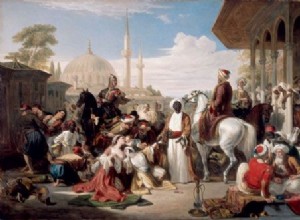June 14, 1658 at the Battle of the Dunes took place the conclusion of a war which had lasted twenty-five years and opposed France to Spain. The French, commanded by Turenne and allies once is not custom to the English, confront the Spaniards there, one of whose commanders is none other than the Gran




